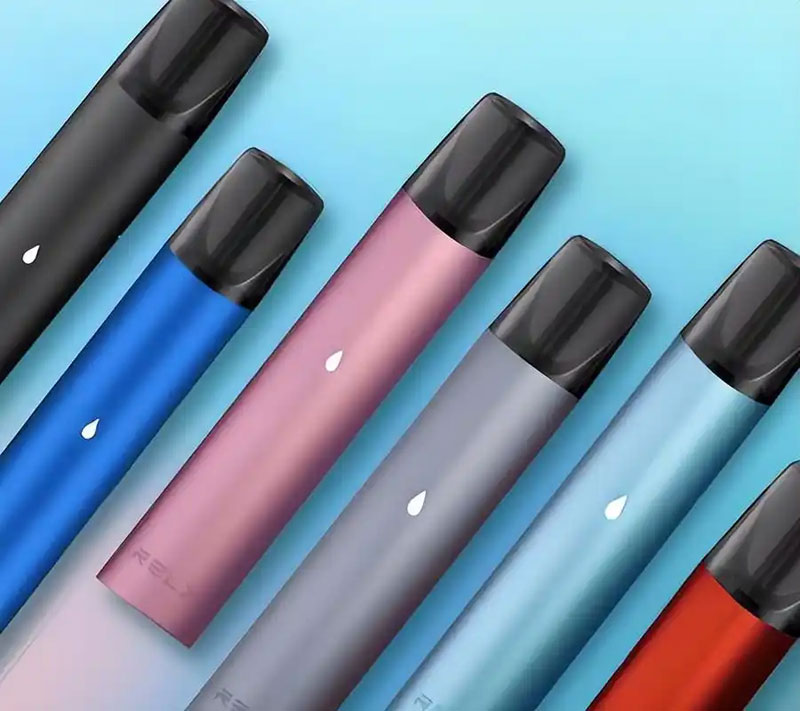Global Regulations and Variations
Different countries have adopted varying legal age limits for e cigarette usage. In the United States, for example, the Food and Drug Administration has set the minimum age for purchasing vaping products at 21. This aligns with the age restrictions placed on alcohol and tobacco, reinforcing a unified approach to substance regulation. Meanwhile, in the United Kingdom, the legal age is set at 18, reflecting differences in national health policies and societal norms.
Impact of Age Restrictions
The imposition of age restrictions has a significant effect on several fronts. Retailers are required to conduct stringent checks to verify the age of their customers, often employing digital solutions to minimize errors. On the consumer side, these regulations limit access to products, potentially impacting market dynamics and innovation within the e-cigarette industry. Additionally, these laws aim to curb the rise of youth addiction to nicotine, which has been a growing concern alongside the increase in vaping popularity.
“According to the Centers for Disease Control and Prevention, there has been a notable drop in high school students who vape, coinciding with stricter age enforcement.”
Despite the positive trends, some argue that prohibition may drive younger users towards unregulated products, posing additional risk. Therefore, retailers and law enforcement must strike a balance between regulation and ensuring safe product distribution.
Ensuring Compliance and Education
Retailers can play a crucial role in adhering to age restrictions by educating their staff and implementing robust verification processes. Initiatives like “We Card” programs not only help staff recognize valid IDs but also promote an understanding of the legal implications of selling to minors. Consumers can also benefit from educational campaigns that inform them about the risks associated with underage vaping.
Looking Ahead: Possible Changes
As more research surfaces about vaping’s long-term effects, legal frameworks may evolve. Initiatives to introduce more comprehensive regulations, such as flavor bans or packaging restrictions, are already being seen in parts of the U.S. and other countries. These measures aim to make vaping products less appealing to young users by reducing the sensory appeal associated with certain e-cigarette products.
- What should you do if you’re unsure of the legal vaping age in your region?
- Understanding local regulations starts with checking official government websites or consulting with local authorities. Retailers are often equipped with the latest guidelines, making them a reliable source for updated information.
- Will the legal age for e-cigarettes become consistent worldwide?

Currently, there’s no global consensus on age regulations, as each country considers local health impacts and societal attitudes towards vaping. However, international health organizations continue to push for standardized measures.
FAQ
Is there a difference in legal age between smoking and vaping?
In many regions, the legal age for both smoking and vaping is set at the same threshold. However, variations do exist, and it’s vital to stay informed about the rules specific to your area. Knowing these regulations helps avoid potential legal issues and promotes responsible vaping.

